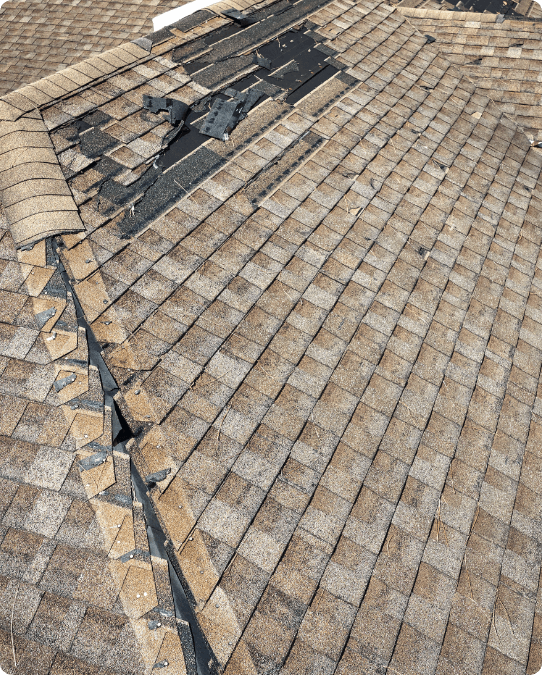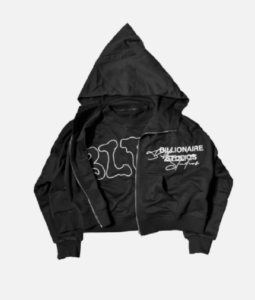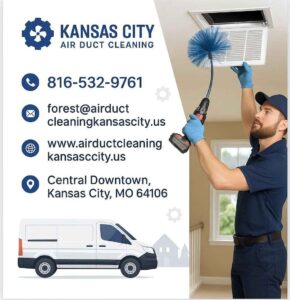
A roof leak can start as a minor nuisance but quickly turn into a major headache—especially here in Westchester, where heavy rains, snow, and ice dams are common. Whether you live in a historic colonial in Scarsdale or a modern ranch in White Plains, your home’s roof is constantly battling the elements.
Catching a roof leak early is crucial to avoiding costly damage. In this post, we’ll walk you through the 10 most common signs that you might have a leak—and why fast, professional roof leak repair in Westchester is key to protecting your home.
1. Water Stains on Ceilings or Walls
One of the most obvious signs of a leak is a brown or yellowish stain on your ceiling or upper walls. These stains can appear even if the leak is small—and often grow over time. If you notice new or expanding stains, it’s time to take action.
2. Dripping Water or Moisture
You may notice actual drips during a rainstorm, or find water pooled in unexpected places like your attic or crawlspace. If the leak is severe enough, you might even see water coming through light fixtures or ceiling fans.
3. Mold or Mildew Smells
A musty odor in your attic or upper floors could mean that moisture has been building up from a slow, hidden leak. Mold can form within 24–48 hours of water exposure, so if you smell it, it’s time to act fast.
4. Blistering or Peeling Paint
Moisture trapped beneath the surface can cause paint or wallpaper to bubble, peel, or crack. This often happens near ceilings or around windows.
5. Warped or Stained Roof Decking
If you have access to your attic, check the underside of your roof. Warping, water stains, or signs of rot on the wood decking are big red flags that water is getting in.
6. Shingle Damage
Shingles that are cracked, curled, missing, or look worn can leave your roof vulnerable to leaks—especially after a Westchester snowstorm or wind event. Damaged flashing or vents can also create entry points for water.
7. Granules in Gutters
If your gutters are full of asphalt shingle granules, your roof may be nearing the end of its life. Once the protective granules are gone, water can more easily penetrate the shingles.
8. Ice Dams in Winter
In cold weather, ice dams can form at the edge of your roof, preventing melting snow from draining. That trapped water can back up under shingles and leak into your home.
9. Daylight in the Attic
If you can see sunlight streaming through the roof boards, that means water can get in too. Check around vents, chimneys, and junction points for visible gaps or holes.
10. Increased Energy Bills
A leaking roof can affect insulation, making it harder to regulate indoor temperature. If you’re noticing higher heating or cooling costs, a roof leak might be the culprit.
Why Fast Roof Leak Repair in Westchester Matters
Delaying repairs only leads to bigger problems—like structural damage, electrical hazards, and mold growth. And in a region like Westchester, where the weather changes fast and storms are frequent, time is not on your side.
When you hire a professional for roof leak repair in Westchester, you benefit from:
-
Local knowledge of Westchester’s weather and building codes
-
Quick response times (especially crucial after storms)
-
Expert detection of hidden leaks and moisture damage
-
Long-lasting solutions using high-quality materials
Final Thoughts
Roof leaks don’t fix themselves. If you’ve noticed one or more of these warning signs, it’s time to call in the pros. Early intervention can mean the difference between a minor repair and a full roof replacement.
Looking for reliable roof leak repair in Westchester?
Make sure you choose a licensed, insured contractor who knows the area—and can act fast before the next storm hits.




